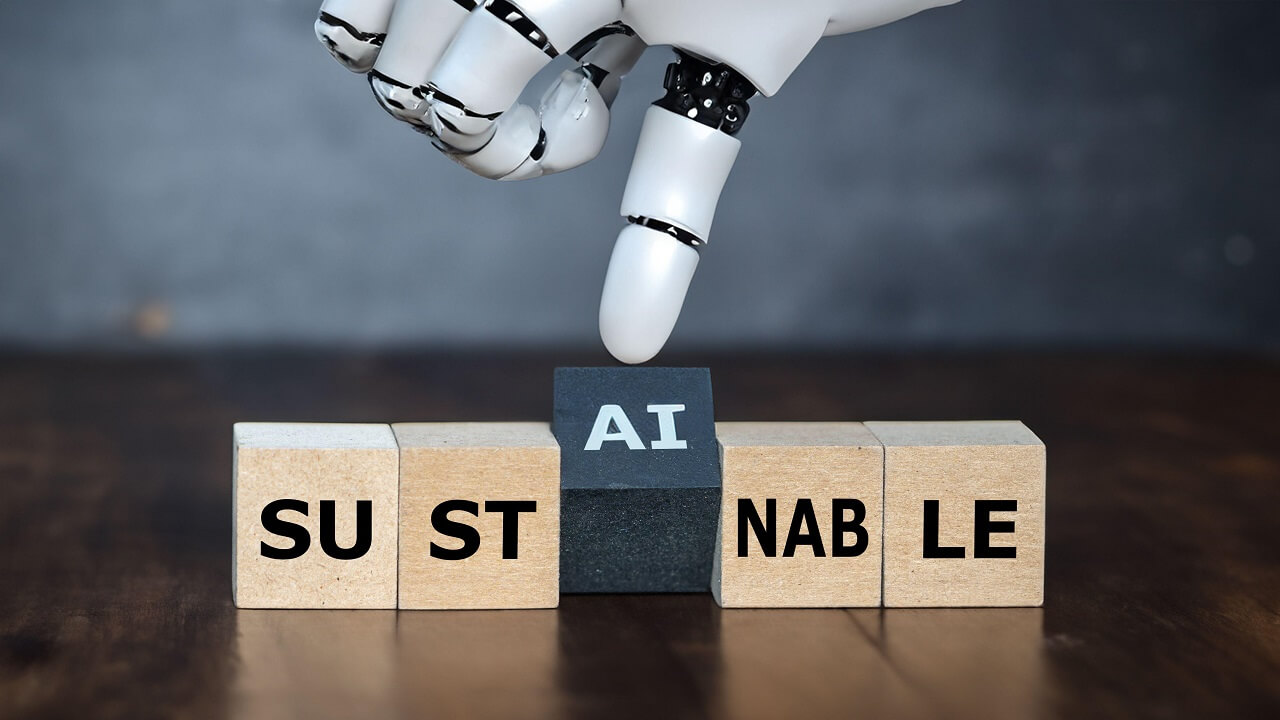Unlocking the Quantum Internet: Germany’s Latest Experiment Sets Global Benchmarks

“Comparative analysis with existing QKD systems involving SPS reveals that the
SKR achieved in this work goes beyond all current SPS-based implementations.
Even without further optimization of the source and setup performance, it
approaches the levels attained by established decoy state QKD protocols based on
weak coherent pulses.” The first author of the work, Dr. Jingzhong Yang
remarked. The researchers speculate that QDs also offer great prospects for the
realization of other quantum internet applications, such as quantum repeaters,
and distributed quantum sensing, as they allow for inherent storage of quantum
information and can emit photonic cluster states. The outcome of this work
underscores the viability of seamlessly integrating semiconductor single-photon
sources into realistic, large-scale, and high-capacity quantum communication
networks. The need for secure communication is as old as humanity itself.
Quantum communication uses the quantum characteristics of light to ensure that
messages cannot be intercepted. “Quantum dot devices emit single photons, which
we control and send to Braunschweig for measurement. This process is fundamental
to quantum key distribution,” Ding said.
How AI Impacts Sustainability Opportunities and Risks

While AI can be applied to sustainability challenges, there are also questions
around the sustainability of AI itself given technology’s impact on the
environment. “We know that many companies are already dealing with the
ramifications of increased energy usage and water usage as they're building out
their AI models,” says Shim. ... As the AI market goes through its growing
pains, chips are likely to become more efficient and use cases for the
technology will become more targeted. But predicting the timeline for that
potential future or simply waiting for it to happen is not the answer for
enterprises that want to manage opportunities and risks around AI and
sustainability now. Rather than getting caught up in “paralysis by analysis,”
enterprise leaders can take action today that will help to actually build a more
sustainable future for AI. With AI having both positive and negative impacts on
the environment, enterprise leaders who wield it with targeted purpose are more
likely to guide their organizations to sustainable outcomes. Throwing AI at
every possible use case and seeing what sticks is more likely to tip the scales
toward a net negative environmental impact.
Agentic AI: A deep dive into the future of automation

Agentic AI combines classical automation with the power of modern large language
models (LLMs), using the latter to simulate human decision-making, analysis and
creative content. The idea of automated systems that can act is not new, and
even a classical thermostat that can turn the heat and AC on and off when it
gets too cold or hot is a simple kind of “smart” automation. In the modern era,
IT automation has been revolutionized by self-monitoring, self-healing and
auto-scaling technologies like Docker, Kubernetes and Terraform which
encapsulate the principles of cybernetic self-regulation, a kind of agentic
intelligence. These systems vastly simplify the work of IT operations, allowing
an operator to declare (in code) the desired end-state of a system and then
automatically align reality with desire—rather than the operator having to
perform a long sequence of commands to make changes and check results. However
powerful, this kind of classical automation still requires expert engineers to
configure and operate the tools using code. Engineers must foresee possible
situations and write scripts to capture logic and API calls that would be
required.
How to Make Technical Debt Your Friend
When a team identifies that they are incurring technical debt, they are basing
that assessment on their theoretical ideal for the architecture of the system,
but that ideal is just their belief based on assumptions that the system will be
successful. The MVP may be successful, but in most cases its success is only
partial - that is the whole point of releasing MVPs: to learn things that can be
understood in no other way. As a result, assumptions about the MVA that the team
needs to build also tend to be at least partially wrong. The team may think that
they need to scale to a large number of users or support large volumes of data,
but if the MVP is not overwhelmingly appealing to customers, these needs may be
a long way off, if they are needed at all. For example, the team may decide to
use synchronous communications between components to rapidly deliver an MVP,
knowing that an asynchronous model would offer better scalability. However, the
switch between synchronous and asynchronous models may never be necessary since
scalability may not turn out to be an issue.
What CIOs should consider before pursuing CEO ambitions

The trend is encouraging, but it’s important to temper expectations. While CIOs
have stepped up and delivered digital strategies for business transformation,
using those successes as a platform to move into a CEO position could throw a
curveball. Jon Grainger, CTO at legal firm DWF, says one key challenge is
industrial constraints. “You’ve got to remember that, in a sector like
professional services, there are things you’re going to be famous for,” he says.
“DWF is famous for providing amazing legal services. And to do that, the bottom
line is you’ve got to be a lawyer — and that’s not been my path.” He says CIOs
can become CEOs, but only in the right environment. “If the question was
rephrased to, ‘Jon, could you see yourself as a CEO?,’ then I would say, ‘Yes,
absolutely.’ But I would say I’m unlikely to become the CEO of a legal services
company because, ultimately, you’ve got to have the right skill set.” Another
challenge is the scale of the transition. Compared to the longevity of other
C-suite positions, technology leadership is an executive fledgling. Many CIOs —
and their digital leadership peers, such as chief data or digital officers — are
focused squarely on asserting their role in the business.
Immediate threats or long-term security? Deciding where to focus is the modern CISO’s dilemma

CISOs need to balance their budgets between immediate threat responses and
long-term investments in cybersecurity infrastructure, says Eric O’Neill,
national security strategist at NeXasure and a former FBI operative who helped
capture former FBI special agent Robert Hanssen, the most notorious spy in US
history. While immediate threats require attention, CISOs should allocate part
of their budgets to long-term planning measures, such as implementing
multi-factor authentication and phased infrastructure upgrades, he says. “This
balance often involves hiring incident response partners on retainer to handle
breaches, thereby allowing internal teams to focus on prevention and detection,”
O’Neill says. “By planning phased rollouts for larger projects, CISOs can spread
costs over time while still addressing immediate vulnerabilities.” Clare Mohr,
US cyber intelligence lead at Deloitte, says a common approach is for CISOs to
allocate 60 to 70% of their budgets to immediate threat response and the
remainder to long-term initiatives –although this varies from company to
company. “This distribution should be flexible and reviewed annually based on
evolving threats,” she says.
Would you let an AI robot handle 90% of your meetings?

“Let’s assume, fast-forward five or six years, that AI is ready. AI probably can
help for maybe 90 per cent of the work,” he said. “You do not need to spend so
much time [in meetings]. You do not have to have five or six Zoom calls every
day. You can leverage the AI to do that.” Even more interestingly, Yuan alluded
to your digital clone potentially being programmed to be better equipped to deal
with areas you don’t feel confident in, for example, negotiating a deal during a
sales call. “Sometimes I know I’m not good at negotiations. Sometimes I don’t
join a sales call with customers,” he explained. “I know my weakness before
sending a digital version of myself. I know that weakness. I can modify the
parameter a little bit.” ... According to
Microsoft’s 2024 Work Trend Index, 75 per cent of knowledge workers use AI at
work every day. This is despite 46 per cent of those users not using it less
than six months ago. ... However, leaders are lagging behind when it comes to
incorporating AI productivity tools – 59 per cent worry about quantifying the
productivity gains of AI and as a result, 78 per cent of AI users are bringing
their own AI tools to work and 52 per cent who use AI at work are reluctant to
admit to it for fear it makes them look replaceable.
Understanding the Importance of Data Resilience
Understanding an organization’s current level of data resilience is crucial for
identifying areas that need improvement. Key indicators of data resilience
include the Recovery Point Objective (RPO), which refers to the maximum
acceptable amount of data loss measured in time. A lower RPO signifies a higher
level of data resilience, as it minimizes the amount of data at risk during an
incident. The Recovery Time Objective (RTO) is the target time for recovering IT
and business activities after a disruption. A shorter RTO indicates a more
resilient data strategy, as it enables quicker restoration of operations. Data
integrity involves maintaining the accuracy and consistency of data over its
lifecycle, implementing measures to prevent data corruption, unauthorized
access, and accidental deletions. System redundancy, which includes having
multiple data centers, failover systems, and cloud-based backups, ensures
continuous data availability by providing redundant systems and infrastructure.
Building sustainable data resilience requires a long-term commitment to
continuous improvement and adaptation.
Examining Capabilities-Driven AI

Organizations often respond to trends in technology by developing centralized
organizations to adopt the underlying technologies associated with a trend. The
industry has decades of experience demonstrating that centralized approaches to
adopting technology result in large, centralized cost pools that generate little
business value. Since the past is often a good predictor of the future, we
expect that many companies will attempt to adopt AI by creating centralized
organizations or “centers of excellence,” only to burn millions of dollars
without generating significant business value. AI-enablement is much easier to
accomplish within a capability than across an entire organization. Organizations
can evaluate areas of weakness within a business capability, identify ways to
either improve the customer experience and/or reduce the cost to serve, and
target improvement levels. Once the improvement is quantified into an economic
value, this value can be used to bound the build and operate cost of AI-enhanced
capability. Benefit and cost parameters are important because knowledge
engineering is often the largest cost associated with an AI-enabled business
process.
SOAR Is Dead, Long Live SOAR

While the core use case for SOAR remains strong, the combination of artificial
intelligence, automation, and the current plethora of cybersecurity products
will result in a platform that could take market share from SOAR systems, such
as an AI-enabled next-generation SIEM, says Eric Parizo, managing principal
analyst at Omdia. "SOC decision-makers are [not] going out looking to purchase
orchestration and automation as much as they're looking to solve the problem of
fostering a faster, more efficient TDIR [threat detection, investigation, and
response] life cycle with better, more consistent outcomes," he says. "The
orchestration and automation capabilities within standalone SOAR solutions are
intended to facilitate those business objectives." AI and machine learning will
continue to increasingly augment automation, says Sumo Logic's Clawson. While
creating AI security agents that process data and automatically respond to
threats is still in its infancy, the industry is clearly moving in that
direction, especially as more infrastructure uses an "as-code" approach, such as
infrastructure-as-code, he says. The result could be an approach that reduces
the need for SOAR.
Quote for the day:
"Kind words do not cost much. Yet they
accomplish much." -- Blaise Pascal
No comments:
Post a Comment